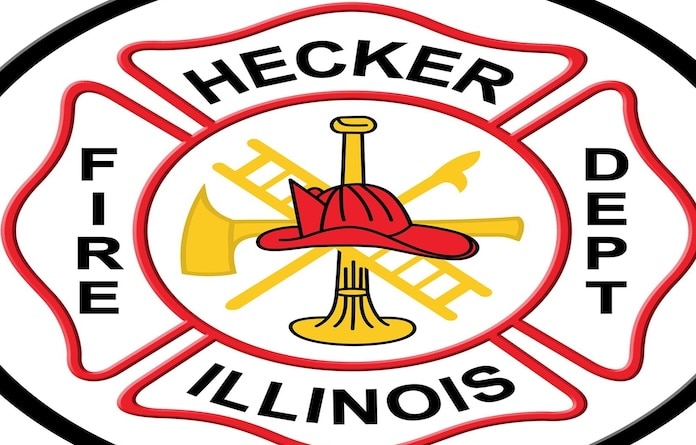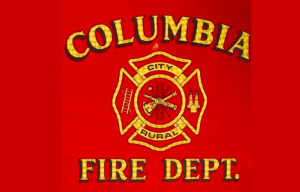A tale of two trails: projects aim to unite history, tourism
Two local experts came together Saturday in Columbia to present stories of two local trails.
Retired Columbia High School principal Dennis Patton told of a trail that once wound its way from Prairie du Rocher to Cahokia – the Kaskaskia-Cahokia Trail. Then Suzanne Kutterer-Siburt told of a new creation, the Mounds Heritage Trail. The presentations both entertained and educated the group of brave souls who defied a damp, drizzly day to come to the Monroe County Welcome Center in Columbia.
Patton told what he termed as “a 10,000-year story in 20 minutes.” He described how the original trail from the area of the mouth of the Kaskaskia River to Cahokia was an Indian trail some 10,000 years ago. He noted it was mentioned in written accounts as long ago as 1718. In fact, it was the first such path noted in southwestern Illinois. It may have been created by buffalo tramping down tall grasses of the plains, but it was also certainly used by Indians in the region.
Today there are some traces of the trail as it was later developed for wagons and horses, including the stone bridge just outside the Welcome Center (Shoemaker School). It roughly parallels the path of today’s Route 3.
Patton wove the story of the early history of the trail with pictures of bygone places and buildings along its path. Today, the trail, which once was listed as one of the 10 most endangered landmarks in Illinois, is a Richard Driehaus Preservation Awards winner and will soon be even more prominent when this spring, new signage marking its presence will be erected along its 64.5 miles.
Kutterer-Siburt next told of the development of the Mounds Heritage Trail.
She said that while today, most people here associate only the mounds at the Cahokia Mounds State Park with the term, there were in fact numerous such structures scattered across both sides of the Mississippi River around its confluence with the Missouri River.
She called the Mississippian culture that grew up in the region more than 1,000 years ago America’s first cities, noting that at one time the population of the area exceeded that of London, England.
Today, the Mounds Heritage Trail supports hiking, biking and motor vehicle travel from the Cahokia Mounds site near Collinsville, west through East St. Louis, then across the Mississippi River into St. Louis, as well as southward to Columbia.
Construction of the new interstate bridge over the Mississippi has brought to light much new information about the civilization that blanketed the region until about 1100 A.D., the Mississippian Indians. Kutterer-Siburt said archaeological investigation in East St. Louis is currently the most extensive such work in the United States.
Along the Mounds Heritage Trail, one can visit not only mounds sites, but museums, historic buildings, cultural landmarks and more. There are venues for refreshment, shopping, and entertainment on or nearby.
The trail going from East St. Louis south to Columbia is completed, but signs are not just posted due to the weather.
The goal of recent work on both trails is to bring the early history of the region to the forefront, both to extend a vision further into the past and round out knowledge of our true roles in history today.
Another goal is to promote tourism, bringing visitors to the region to see these many exciting and revealing places to visit and things to see and learn.






